Why do we twist?
7Just like any other discipline, yoga has it’s own “lingo” that is widely used in yoga classes. The problem is that it is not always clear to the student what the teacher means. For example, I heard in a class that twists “energize the spine.” I like the idea of “energizing “ my spine, but I am not sure what that means exactly. Today we will focus on twists and how they affect the body on the structural level, and we will try to use proper anatomical terminology.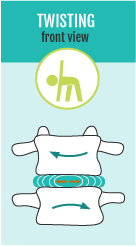
Whenever we talk about structural effects of any pose, we always start with the spine. The most obvious reason for twisting is to rotate the spine. This is important not only for the sake of maintaining spinal mobility and range of motion, but also because twisting affects the spinal discs. Mel Robin writes that during twisting “the compressional force will tend to dehydrate the spinal discs as disk volume and spinal length decrease on twisting. [ ] On releasing from the twist, the discs and organs will rehydrate with fresh, healthful liquids again.” In other words, twisting helps keep your spinal disks properly lubricated.
The spine is a part of an axial skeleton, along with the skull and the ribcage. The rest of the skeleton is called appendicular skeleton; it consists of the shoulder girdle, pelvic girdle and limbs. The shoulder girdle sits on top of the ribcage and connects the arms to the axial skeleton on each side. It consists of the collar bones and shoulder blades. The pelvic girdle is more commonly known as pelvis; it links the legs to the spine.
Both structures are being held in place and moved by multiple pairs of muscles. If the muscles around the shoulder girdle get tight, they can pull the shoulder blades out of alignment, creating imbalance and tension in the upper back, neck and shoulders. Tense muscles around the pelvis can cause sacroiliac joint pain, lower back tension, hip pain and a number of other issues. Why would those muscles tense up? Mostly because of the way we use our bodies in our day-to-day lives – poor posture, lots of sitting, asymmetrical movement patterns – that sort of thing.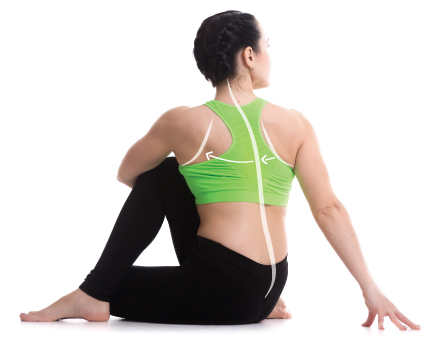
Twisting postures help realign the relationship between the shoulder girdle and the spine, and between the pelvis and the spine. Every time you twist your body to the right, your right shoulder blade moves closer toward the spine, contracting the muscles that bind it to the ribcage and spine. At the same time the left shoulder blade moves further away from the spine, stretching the muscles that bind it to the rib cage and spine. In most twists you keep one hip flexed and adducted (the leg is folded in toward the midline of the body), which means that the muscles on the inside of the hip will contract, and the muscles on the outside will stretch.
Alternately contracting and stretching the muscles that bind the shoulder girdle and the pelvic girdle to the spine helps realign the relationship between the appendicular skeleton and the axial skeleton. This is important because in the body it is all about the relationship between different parts. Since the body is a weight-bearing mechanism within gravitational field, proper balance between front and back, as well as right and left is essential in keeping it pain-free and functioning properly.
There are different kinds of twists and some are stronger then others. In some twists you are only rotating the torso, and in others you use arm/leg leverage to deepen the rotation; some twists emphasize the shoulder girdle, and others target the pelvic girdle.
In most standing twists (Group 1) the shoulders/arms and pelvis/legs have relative freedom of movement. The twist becomes stronger and riskier if you use some sort of a bind, like leveraging yourself with the arms in Parsvakonasana Parivrtti (#4). The poses in this group stretch and strengthen the muscles around the spine, shoulders and pelvis. They are very effective for working with asymmetrical muscle development.
Group 2 postures are mostly variations of Jatthara Parivrtti. This pose is very versatile and can be adapted in many different ways to emphasize the stretching of the neck, shoulders and upper back, or stretching/strengthening of the hips, back and legs.
Group 3 postures include different kinds of seated twists. These poses are generally stronger, both because the position of the pelvis is fixed, so the rotation happens mostly in the spine and shoulder girdle, and because we are using the arm leverage to deepen the twist.
To sum it up – structurally speaking, the primary purpose of all twists is to rotate the spine; the secondary purpose is to realign the relationship between the shoulder girdle and the spine, and the pelvic girdle and the spine. Here is the tricky part though. If you already have an imbalance in your body that manifests as sacroiliac joint pain, for example, twisting can make things worse. Next week we will discuss why that happens and present the proper twisting technique that will minimize the risk of twists and maximize their effectiveness. Tune in!
[jetpack_subscription_form]

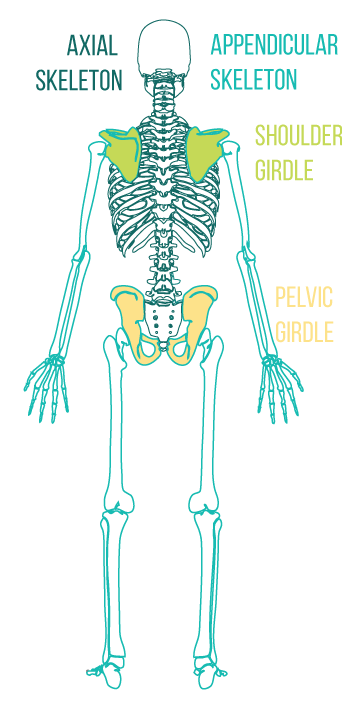
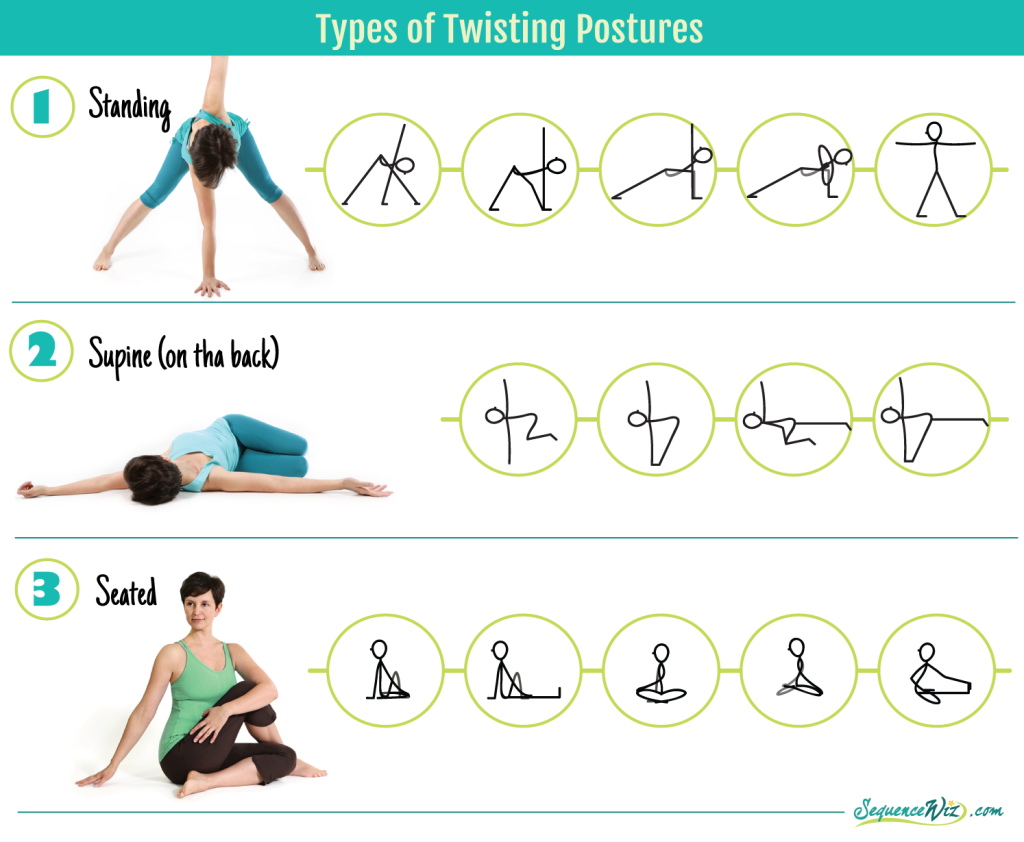
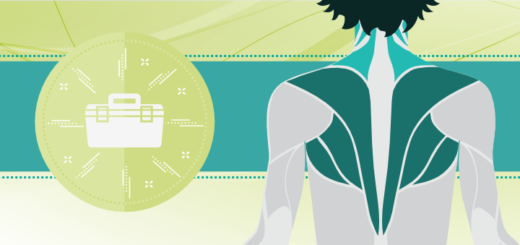
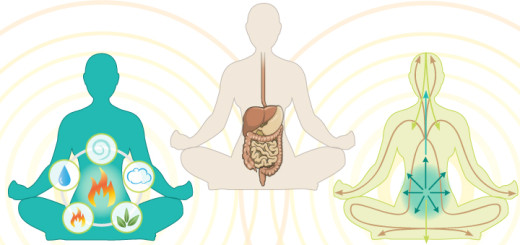
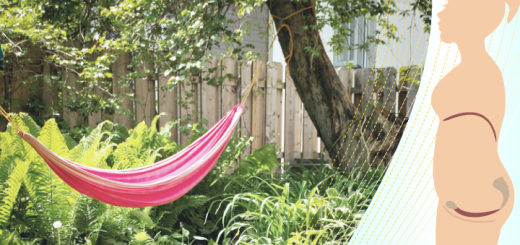
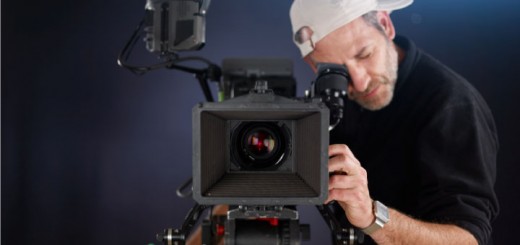















Coul you please write something about twists and scoliosis?
thank you!
Laura
Hi Laura! I don’t know if I have any general suggestions for twists and scoliosis – there is just so much variability in the degree and location of the spinal curvature in scoliosis, that it is best addressed on an individual basis. But I will try to work something into the post next week!
Hi Olga,
I love your articles, they are profound and yet very clear 🙂
Thanks
Oded
Thank you Oded! I don’t know about profound, but I am glad to hear that they are clear! 🙂
Just love reading your blog . Helps me get a clearer picture of my body
Thank you for sharing
I love your web site and the work you do. Thanks so very much.
I have a question about the discs being re-hydrated with “fresh, healthful” liquids after releasing the twist. I understand that the twist itself might move fluid out of the discs (wringing out is how I have heard it spoken of) but how do the fluids become fresh and healthful within a minute or two? I would really appreciate any light you can bring to this topic for me.
Thanks!!
Thank you Jessie -excellent question! I envision it kind of like ringing out a dirty sponge. Imagine that you put the dirty sponge in clean water and squeeze it there. Some of the dirt will come out and some of the clean water will get absorbed. Then you do it again and again until the sponge gets clean. It works sort of similar with muscles, too – you contract the muscle and pump some of the blood out and then new blood rushes in. All parts of our bodies are designed to expel waste one way or another and all of them have a constant supply of fluids. In fact, this is a big problem with aging- the disks become dehydrated and dry out over time which can cause all sorts of problems. Did that answer your question? 🙂